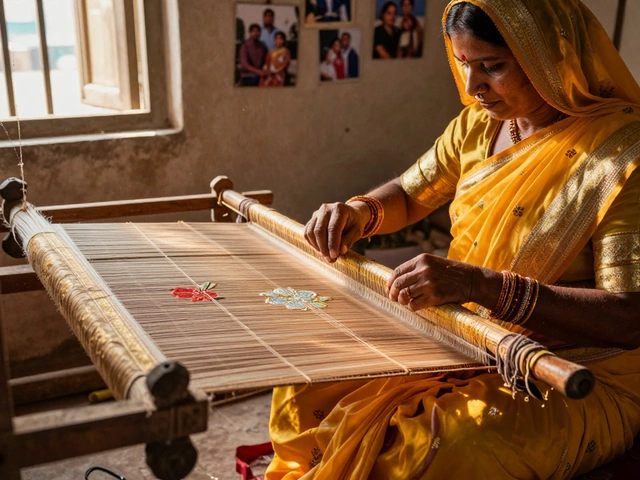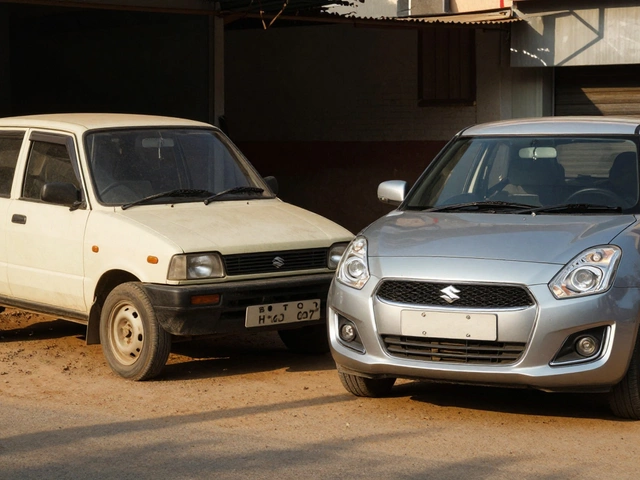Are There Any Cars Made in Pakistan? Exploring Local Car Manufacturing
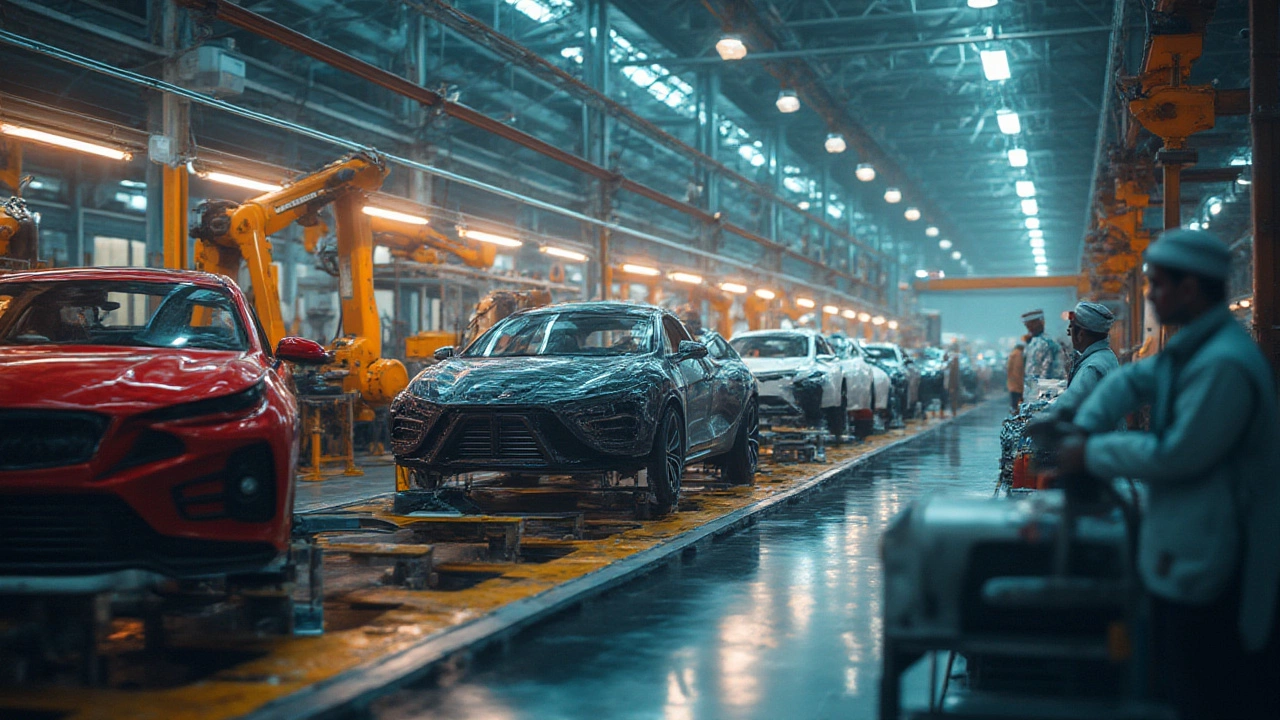
Ask someone about cars in Pakistan and you’ll probably hear the same brands tossed around: Suzuki, Toyota, Honda, maybe Kia. But then comes the question almost nobody has a straight answer for—does Pakistan actually make its own cars? Peek behind those familiar logos and things get messy fast. On one hand, you’ve got bustling factories in Karachi and Lahore rolling out new sedans and SUVs every day. On the other, the rumors swirl: are they just assembling kits? Is there even a real Pakistani car? And why does every local taxi look exactly like a decades-old Suzuki Mehran?
The Real Story Behind Pakistani Car "Manufacturing"
The word "manufacturing" means different things in different places, and Pakistan’s auto story leans heavy on the art of assembly rather than truly homegrown engineering. Here’s how it works: many of the well-known brands you see on Pakistani highways—like Suzuki, Toyota, and Honda—aren’t birthed from ground-up design in Pakistan. Instead, these are what’s called "Completely Knocked Down" (CKD) or "Semi Knocked Down" (SKD) units. Picture a car Lego set shipped in pieces from Japan, Indonesia, or Thailand, then assembled at a local plant. This isn’t unique—lots of countries get their start this way. But it’s not the same as designing the engine, body, or even the electronics from scratch within Pakistan.
Out of all these, Pak Suzuki Motor Company is probably the most famous player. Their Suzuki Mehran, based on the 1980s Japanese Alto, was the textbook Pakistani car for over three decades. Yet even the Mehran—often called "Pakistan’s national car"—started life as a Suzuki Japan product. Sure, over the years, more local parts snuck in: seats, tires, batteries, and eventually even some body panels came from Pakistani suppliers. But most critical components, like the engine and transmission, arrived ready to fit. Here’s a snapshot showing just how dependent Pakistan is on imports for its automobile sector:
| Component | Local Content (%) | Imported Content (%) |
|---|---|---|
| Body Panels | 70% | 30% |
| Engine | 10% | 90% |
| Transmission | 15% | 85% |
| Seats & Trim | 80% | 20% |
Local content percentages can vary a lot, but when it comes to the "heart" of the car—the engine and drivetrain—Pakistan still depends on other countries. Even newer brands like Kia and Hyundai, which set up shop in the last five years, mostly follow this CKD formula. Their Sonata and Sportage models are assembled in Karachi from imported kits, just like the Suzukis before them. Companies say they’re increasing the percentage of local parts, but reaching full-blown domestic car-making is a whole different beast.
Curiously, since 2020, Pakistan has made efforts to encourage car parts manufacturing inside the country, hoping to eventually move beyond simple assembly. Tax breaks, incentives, and support for local suppliers have been ramped up. But honestly, it’s a tough climb. Engineering a car completely from scratch requires skill, technology, and deep pockets—resources that local companies are slowly building but haven’t mastered yet. Pakistan’s government even acknowledges this:
"Pakistan’s automotive industry is currently focused on assembly and localization, with a gradual roadmap towards full-scale manufacturing," — Engineering Development Board, Government of Pakistan
For anyone keeping score, the timeline for having a truly "Made in Pakistan" car—engine, frame, electronics and all—is a long one. If you’re looking for a vehicle that’s 100% designed, engineered, and assembled in Pakistan, you won’t find it on today’s market. But that doesn’t mean there aren’t some genuine homegrown efforts worth talking about, especially on the niche or startup end of things.
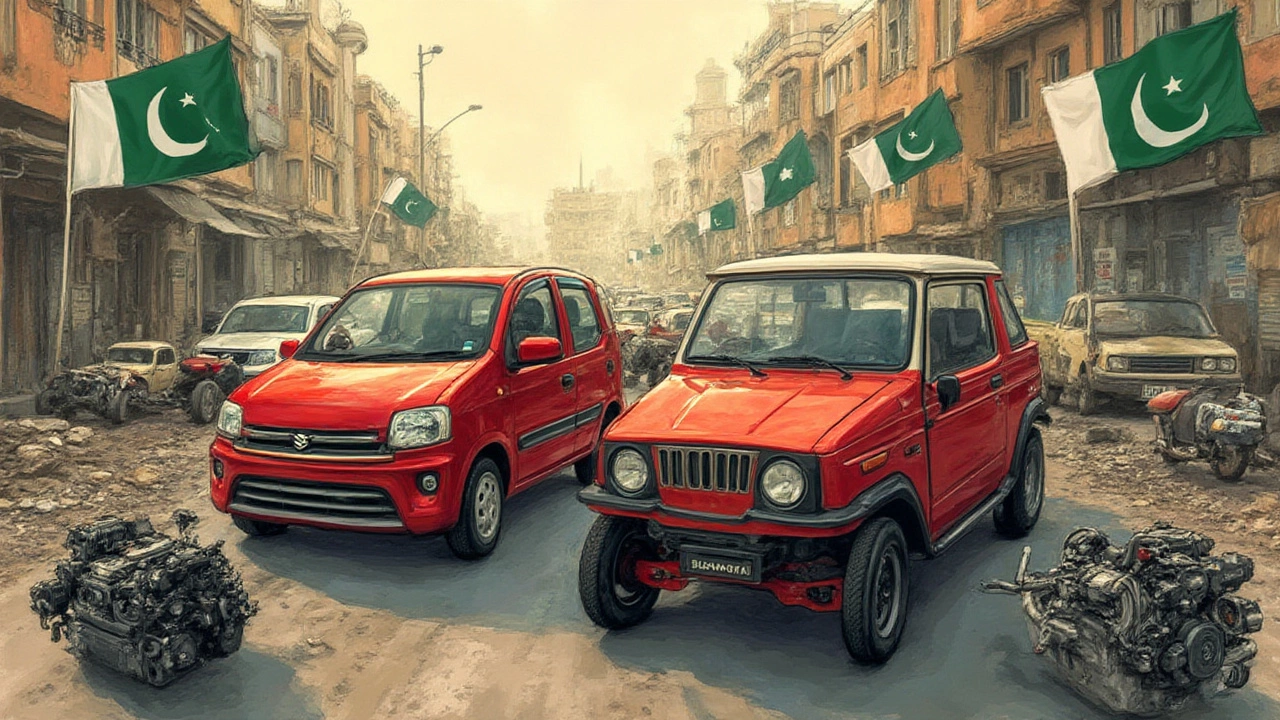
Pakistani Car Brands: Homegrown Ambitions or Foreign Facades?
So, has any Pakistani company actually made its own brand of car? It’s easy to get cynical with all the foreign names plastered everywhere. Still, there are a few bold attempts that show real local ambition—even if they haven’t shaken up the market yet. Among the most talked-about examples is Adam Motors. Founded in the early 2000s, Adam Motors produced a compact hatchback called the Revo. The Revo looked like nothing you’d see driving out of a Suzuki or Toyota plant—it really was designed in Pakistan, at least on paper. You could call it Pakistan’s first attempt at a fully local car brand. But the Revo had a short, bumpy ride. Production lasted only from 2005 to 2006, hampered by lackluster demand and funding troubles. Still, it left a mark, showing that the dream of a fully local car isn’t just wishful thinking.
Moving on, there’s United Motors. Best known for their motorcycles, in 2018 United launched a tiny, oddly-shaped hatchback called the United Bravo. Marketed as a modern alternative to the out-of-production Suzuki Mehran, the Bravo had its body panels stamped locally and sported styling unique to Pakistan. But under the skin, it used a borrowed 800cc Chery engine—again, not a fully indigenous product. Another similar example is the Prince Pearl, manufactured by Regal Automobiles. It, too, uses a combination of local sheet-metal and imported Chinese mechanicals. These "native" brands push for localization, but still rely heavily on foreign tech for critical tasks.
Why is that? Simple. Engineering a safe, reliable, fuel-efficient engine from scratch is no small feat—it can take billions of rupees and a skilled workforce that smaller Pakistani firms just don’t have (yet). So local brands get creative: they import what’s complicated (engines, transmissions, electronics), focus on building what they can (interior bits, body shell, windows), and call it a day. Nobody’s pretending the United Bravo will challenge Toyota or Honda any time soon, but it’s a step forward for local industry.
On the electric vehicle (EV) side, you’ve got players like Jolta Electric making two and three-wheelers with significant local input. For full-sized cars, Pakistan’s Road Prince, Sazgar, and others are experimenting, sometimes unveiling futuristic prototypes at auto shows that hint at what’s possible with the right investment. Still, most electric car projects use imported drive units and batteries. Electric scooters and rickshaws are far more common than EV cars, for now.
If large-scale car manufacturing seems out of reach, why not specialize? Some Pakistani companies have become serious about building complex parts—like batteries, wiring harnesses, air-conditioning systems—right at home. Suppliers serving Suzuki, Honda, and Toyota are popping up all over Punjab and Sindh. There’s real pride here—auto parts is a sector on the rise. As more components go local, those content percentages in the earlier table inch upwards. Assembling a whole car from 100% Pakistani-made parts isn’t impossible someday, especially as tech and expertise grow.
Until then, anyone hoping to buy a fully Pakistani-designed, fully Pakistani-built car off the lot will have to wait a bit longer. Still, these early local brands, however patchwork their cars may be, are laying the groundwork for future breakthroughs. If you’re curious which major car company in Pakistan uses the most local parts, Pak Suzuki still leads thanks to decades of investment in local suppliers. But the gap isn’t as wide as it once was, with newer entrants ramping up quickly and government pressure pushing everyone toward greater self-reliance.
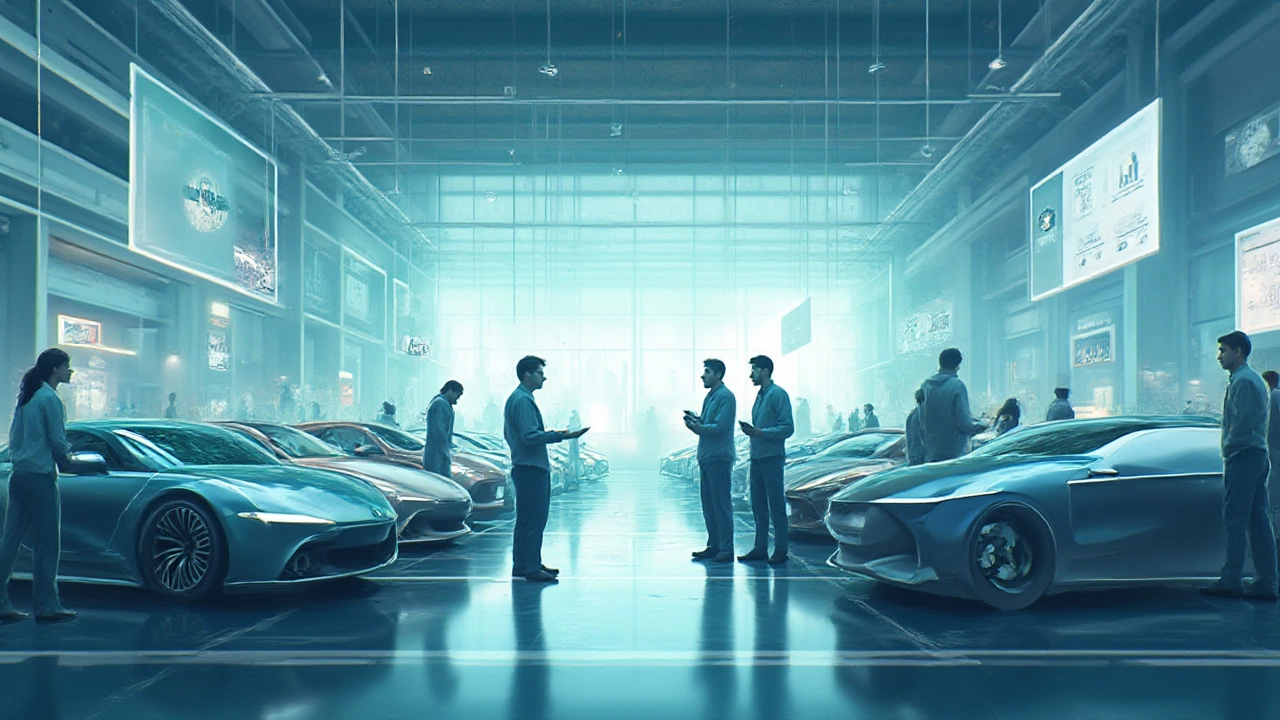
Will Pakistan Ever Build a Car from Scratch? Challenges and What’s Next
If you make it this far, the obvious question is—so what’s holding Pakistan back from making its own world-class car, right here, right now? The roadblocks are no secret: tough competition from established global brands, a shortage of local technical expertise, insufficient funding for research and development, and a relatively small domestic market compared to giants like China or India. Cars are complex beasts—a new model from scratch can take anywhere from 3 to 7 years to develop, not to mention an investment upwards of a billion dollars (if not more), and thousands of skilled engineers and designers.
Another big hurdle is access to cutting-edge technology. From safety features like airbags and ABS brakes to infotainment systems and emission controls, there’s a big technology gap between Pakistani factories and international plants in places like Korea, Japan, or Germany. R&D (Research & Development) is expensive and risky—most local companies focus on building what’s been tried and tested elsewhere, rather than inventing new tech at home.
Still, things are changing, slowly but surely. The government’s Auto Industry Development Policy, launched in recent years, aims to raise local content, boost exports, and support new brands through tax breaks and access to land. Investment keeps trickling in: in 2022, the sector attracted nearly $1 billion in new investment. Local engineering universities are partnering with established carmakers, working to bridge the skill gap and train the next generation of designers and technicians.
If all goes as planned, don’t be surprised to see a truly Pakistani—engineered, built, and branded—car on the road by the end of this decade. Experts agree the electric vehicle revolution might be the perfect window: since EVs have fewer moving parts and can be cheaper to develop, Pakistani firms could leapfrog straight to world standards instead of playing catch-up with gasoline engines. Left-field startups and university labs are tinkering with homegrown EV concepts, hoping to be first movers if supportive policies and consumer demand line up just right.
- If you want to support local carmaking, look for models with the highest "local content" ratings.
- Keep an eye on news from United, Prince, and Sazgar—these are the homegrown brands making the most noise.
- Don’t dismiss the old-timers: Pak Suzuki, Toyota Indus, and Honda Atlas are all steadily ramping up local supplier networks.
For now, the answer to the big question is a cautious: not quite, but getting closer. Plenty of cars are assembled in Pakistan, and a growing number are built with mostly local parts. But if "Made in Pakistan" means a car that’s totally imagined, engineered, and produced without borrowing half its DNA from abroad, we’re still a few years away from that milestone. One thing’s for sure: when it finally happens, it’s going to be a major national moment—and you won’t hear the end of it. Till then, every Suzuki, Toyota, Honda, United, or Prince rolling off the assembly line is another chapter in a story that’s just getting started.

